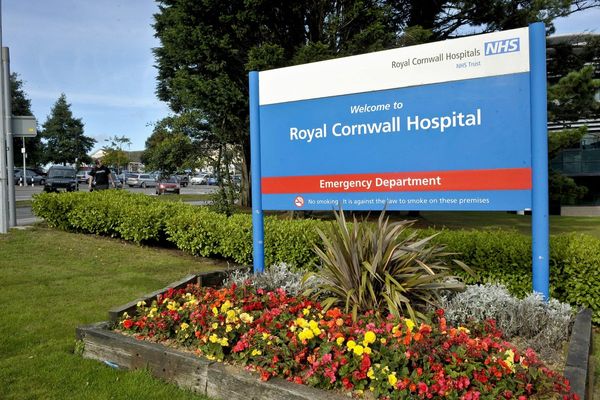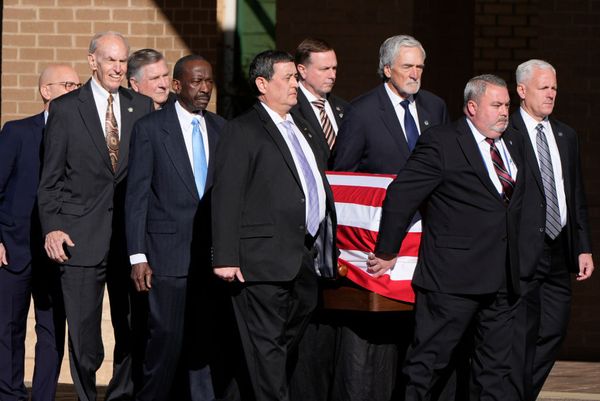
Washington (AFP) - The US Federal Reserve raised its benchmark lending rate for a tenth consecutive time Wednesday in a move that could be the last in the current cycle if the economy cools.
The central bank had embarked on an aggressive campaign of rate hikes since March last year to take aim at price increases, but inflation remains stubbornly above its long-term target of two percent.
The latest quarter-point increase lifts the target lending range to between 5.0 percent and 5.25 percent, the Fed said in a statement, adding that tighter credit conditions for households and businesses are likely to weigh on the economy.
The policy-setting Federal Open Market Committee's (FOMC) latest decision was in line with expectations, and analysts and traders were closely eyeing any shift in the Fed's guidance.
In its statement, the Fed said it will "take into account the cumulative tightening of monetary policy" and the lags with which policy impacts the economy, when making future decisions.
This marks a departure from the last rate announcement, in which policymakers said they expected "additional policy firming" could be needed to rein in inflation.
This suggests the Fed is easing its guidance, on signs that the world's biggest economy is cooling.
- Banking woes -
After a relatively calm period for banks following crisis-level concerns in March, this week saw the reemergence of some turbulence with the collapse of California-based lender First Republic.
The commercial bank's failure, the second-largest in US history, was announced early Monday along with a sale to JPMorgan Chase, with regulators hoping that fears would finally be calmed.
But regional banks came under renewed pressure Tuesday, with some share prices declining by as much as 25 percent on concerns about the impact of interest-rate hikes on their financial health.
Despite Tuesday's turbulence, futures traders were still forecasting a greater-than 80 percent chance the Fed would stick to its guns and hike rates by a quarter-point.
Heading for recession?
US economic data remains mixed but is showing some signs of softening, with growth slowing to an annualized rate of 1.1 percent in the first quarter.
The data on inflation paints a picture of slowing price increases in some areas and ongoing stubbornness in others, while figures on employment point to a weakening job market as the economy slows.
"By the time of the June meeting, we believe softness in the data and ongoing worries about the impact of constrained bank credit will probably be enough to deter further hikes," Goldman Sachs economists wrote in a recent note.
Minutes published from the March FOMC meeting showed that the Fed predicted the US will enter a mild recession later this year.
The extent of the recession could depend on how much further the Fed decides to raise interest rates, KPMG senior economist Kenneth Kim wrote in a recent note.
"Any further rate hikes beyond May risk a deeper recession than the mild downturn we currently foresee," he said.
Tighter credit conditions
Fed officials have in recent weeks suggested that the tighter lending conditions after Silicon Valley Bank's dramatic collapse in March could act like an additional rate hike and help bring down inflation.
"A significant tightening of credit conditions could obviate the need for some additional monetary policy tightening," Fed governor Christopher Waller said last month.
But he cautioned against "making such a judgment" before good data is published on the effect of the financial turmoil and bank lending.
That data could come as early as next Monday when the Fed releases its quarterly review of banking lending practices.
FOMC members already have access to the report during their deliberations this week, adding to the intrigue among analysts and traders into the Fed's future interest-rate guidance on Wednesday.
The decision left a lot of unanswered questions, with the Fed insisting that the effect of the tighter credit conditions on the broader economy "remains uncertain."







